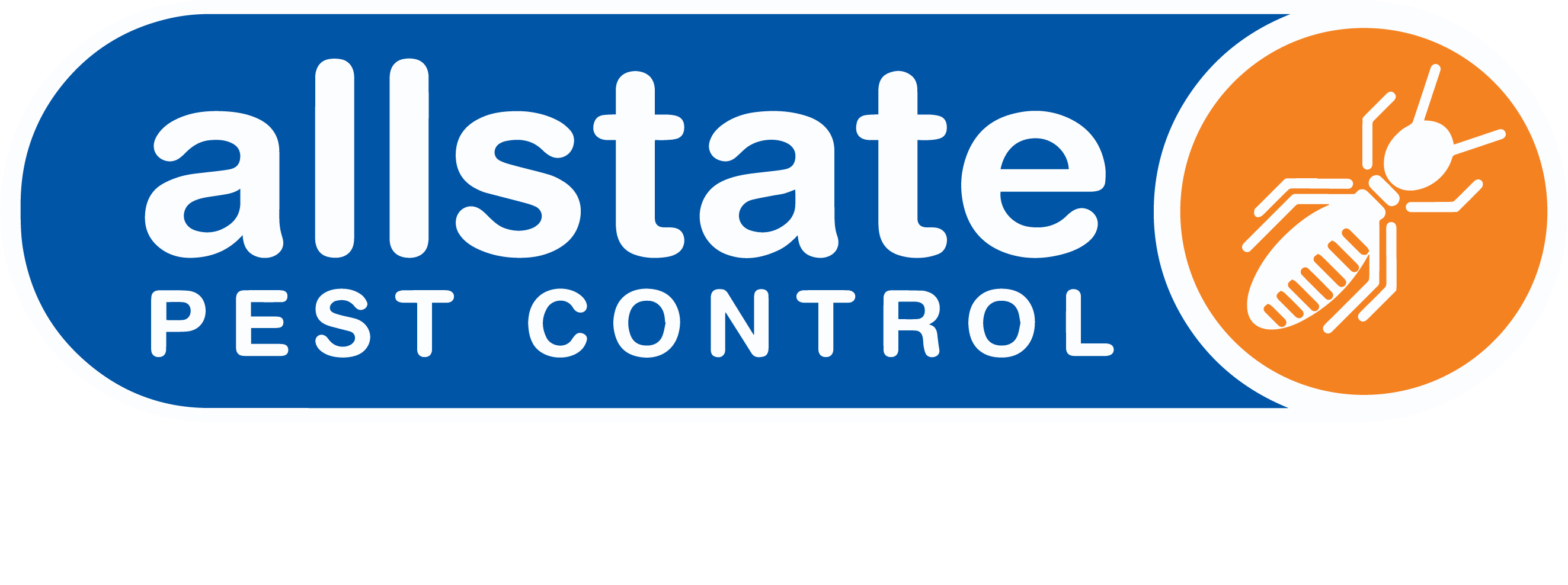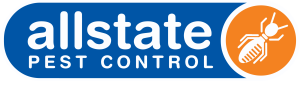by SerumTD-019 | Aug 30, 2022
Meristem:Meristem is undifferentiated plant tissue that has the ability to divide and differentiate into specialized cells. The three types of meristem are apical (located at the tips of roots and shoots), intercalary (located in the stem between nodes), and lateral (found in buds and lateral root primordia). Meristematic tissue is responsible for growth in plants.
by SerumTD-019 | Aug 30, 2022
Metamorphosis:Metamorphosis is a process of change in form or function during an animal’s life cycle. Insects undergo complete metamorphosis, which consists of four stages: egg, larva, pupa, and adult. Amphibians undergo partial metamorphosis, which consists of three stages: egg, tadpole (or larva), and adult.
by SerumTD-019 | Aug 30, 2022
Method Detection Limit (MDL):The method detection limit (MDL) is the lowest concentration of a substance that can be detected by a analytical method. The MDL reflects the sensitivity of the method as well as any interference from other substances that may be present.
by SerumTD-019 | Aug 30, 2022
Microbial Breakdown:Microbial breakdown is the process by which microorganisms decompose organic matter. This process is essential for recycling nutrients in ecosystems and for producing soil fertility. Microbial breakdown occurs through a variety of mechanisms, including fermentation, respiration, and hydrolysis.
by SerumTD-019 | Aug 30, 2022
Microbial Pesticides:Microbial pesticides are living organisms that are used to control pests. They can be bacteria, fungi, viruses, or protozoa. Microbial pesticides are specific to the pest they are targeting and have little to no effect on other organisms.



